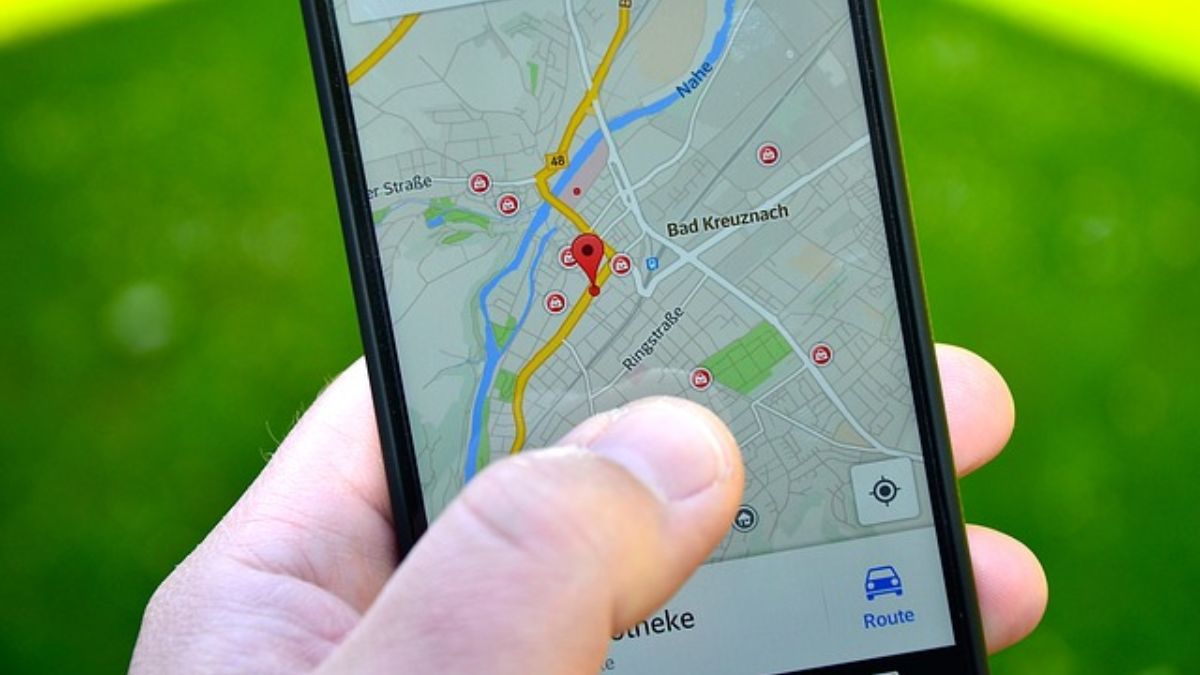If you often find yourself lost, Google Maps is there to guide you. But in a surprising twist, the app has also helped Spanish police unlock a murder case.
Yes, you read that correctly.
The incident occurred in October 2023 in the town of Tajueco, when a Google Street View car captured a 48-year-old man loading a large object—believed to be a corpse wrapped in white plastic—into the trunk of his sedan.
This seemingly small incident turned out to be a crucial piece of evidence that helped police unravel the year-old murder case.
Here’s a closer look at the story.
The murder case
It all started when a Cuban national living in Soria, Spain, was reported missing by his family, in November last year.
According to the French newspaper El País, the 33-year-old had reportedly relocated to a small village called Tajueco in the province of Soria where he was believed to be searching for a woman he considered his partner.
Some days later, one of the man’s relatives started receiving suspicious text messages sent from the victim’s phone saying that he found a new woman and was planning to leave the country. The texts also said that he was abandoning his phone.
The relative then grew suspicious about the man’s situation and he filed a missing complaint with the police.
In the early stages of the investigation, police primarily focused on the man’s ex-partner and her new boyfriend, with unspecified important clues found in their cars and homes, police said.
In November 2024, Spanish police even arrested the couple, suspecting them of being involved in the disappearance and possible murder of the Cuban national, as reported by The Metro.
How Google Maps helped unravel the case
A few weeks ago, Spanish police recovered a badly decomposed torso from a shallow grave in a cemetery near Tajueco. While the authorities believe the remains may belong to the missing Cuban man, they are still unsure of the identity.
In the course of investigating the case, police were tracking the movements of one of the vehicles connected to the suspects.
During this process, they discovered something unexpected: a Google Maps Street View image, captured by a mapping car in October 2024. The car had been in the area to update the streets of Tajueco, which had not been mapped for nearly two decades.
The image revealed a deserted street, with one figure standing near a red car. The man, dressed in jeans, a blue jacket featuring the Club Deportivo Numancia soccer logo, and brown boots, was seen leaning into the trunk of the car, which contained a bulky white sack. Several other images in the same series, taken just moments later, showed the trunk closed with no one on the street.
This image became a key clue in the investigation. Police were able to identify the red car seen in the picture, linking it to the suspects.
A police spokesperson explained, “This was one of the clues that investigators used during their investigation, and while not conclusive, the images from a mapping application provided an important lead."
Although the discovery of the Google Maps image has brought the investigation closer to the truth, authorities have yet to make any further announcements. The investigation is ongoing, and police continue to piece together the details of this murder case.
Not a first for Google Maps
Google technology has helped investigators make breakthroughs in cases before.
In 2022, Italian mafia boss Gioacchino Gambino, who had been on the run for decades, was arrested after being spotted on Google Maps.
A Street View image showed a man resembling Gammino standing in front of a fruit shop, which triggered further investigation. Gammino, one of Italy’s most wanted gangsters was sentenced to life imprisonment for a murder committed several years earlier.
Similarly, in 2019, the remains of a man who had been missing for 22 years were discovered after someone zoomed in on his former Florida neighbourhood using Google satellite images.
The viewer noticed a car submerged in a lake, leading authorities to locate the vehicle and solve the long-standing disappearance.
With input from agencies
)